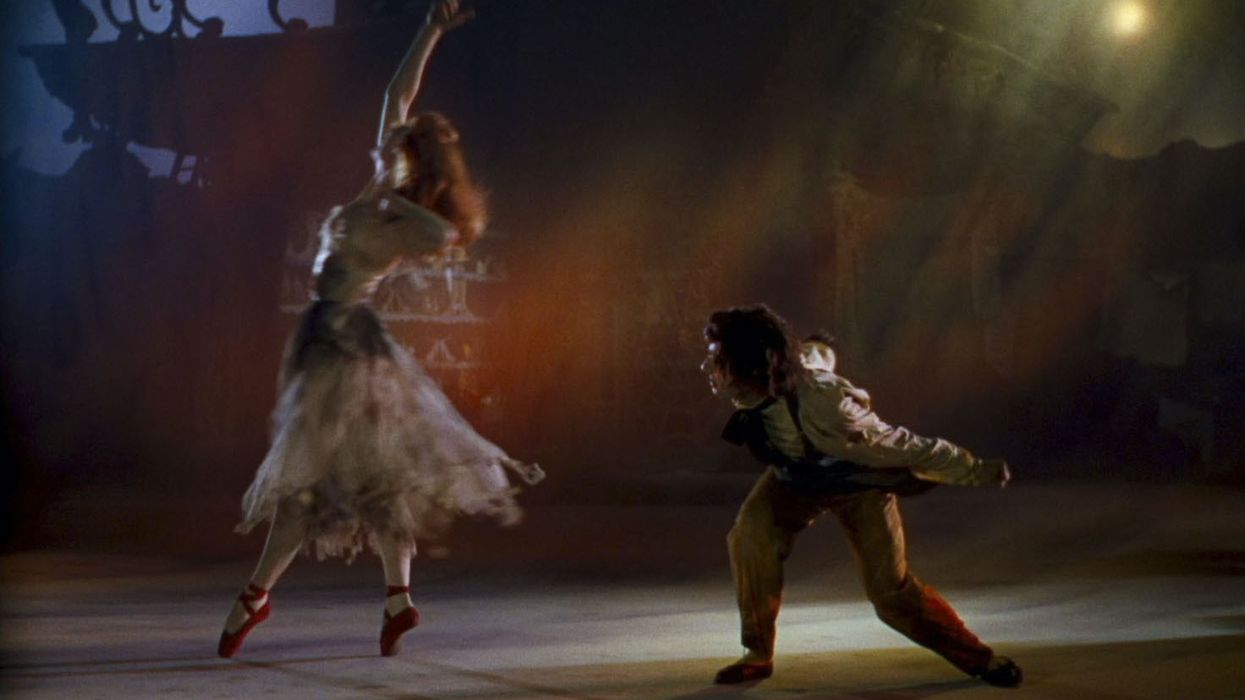What Is the Magic Behind Visual Storytelling?
Filmmaking is a visual medium. And it's magical.

The cinematic language is universally understood across continents. Without words, the visuals in movies (and TV, for that matter) should tell us a story. We can see hope, fear, love, and excitement in a character's face. The camera can move in ways that tap into our inner emotions and reveal huge plot points just by pointing at something or panning to it.
As we've said many times here, and as you've heard many times before, cinema is a visual language.
Filmmakers use visuals to communicate the story to the audience and to move them through certain emotions. No matter what your job is within filmmaking, your goal is to make sure the visuals all communicate the filmmakers' intention. That goes from writing to producing to editing to acting—it adds to one goal.
And that goal is to create magic.
Since the first cinema cameras were invented, people have been hellbent on learning, experimenting, and shooting stories about the human experience. We've dissected these kinds of stories from across the globe. From sweeping Bollywood epics to American independents, to the Nigerian new wave. Humans across the globe are using movies as an empathy machine to share the magic with one another. Movies open eyes, add to our experience, and help us understand complicated issues.
So who does it all work? And how did it get so magical?
Check out this beautiful exploration from The Cinema Cartography, and let's talk after.
What Is the Magic Behind Visual Storytelling?
As I said in our opening, visual storytelling is something special. It's something that actively participates within what makes us human. One of the saddest and hardest parts of being alive is that time only runs in one direction, so that when you look back with nostalgia, things get colored or change tone.
But filmmaking gives you some control. You can say what happens in the story and you can pause, rewind, and fast forward throughout the emotions. They will always be there. The visuals take you through a range of emotions. The emotions are the ones you feel for the characters in the story, the ones you feel about your own life, and sometimes the ones you relate to within your own work.
No other art form on the planet can do this. Sure, they can seek to give you a similar experience, but moving images are the only art form that represents things as we see and hear them. It can be manipulated through editing, but it is a mirror to how we see, hear, and think, in a way that a still photo or a painting cannot describe. If an image inspires a thousand words, the 24 images a second over a runtime of two hours requires us to experience and not speak.
The magic at the center is something hard to accurately define. It's just a fancy word for the deepness of the connection we have. Of how seeing images and seeing lives play out force us to reconcile our feelings and belief systems in accordance with them. Even circumstances so far away from our own require us to think about how we would deal, and how our world would reel from what we have seen.
Films and visuals stay with you forever. You can always go back to them like clear memories. There is always something new to learn, and we will be making new ones as long as humanity lives. There's an unsummarizable beauty in that, though I'm glad I tried.
Let me know where you see the magic in the comments.
Source: The Cinema Cartography











